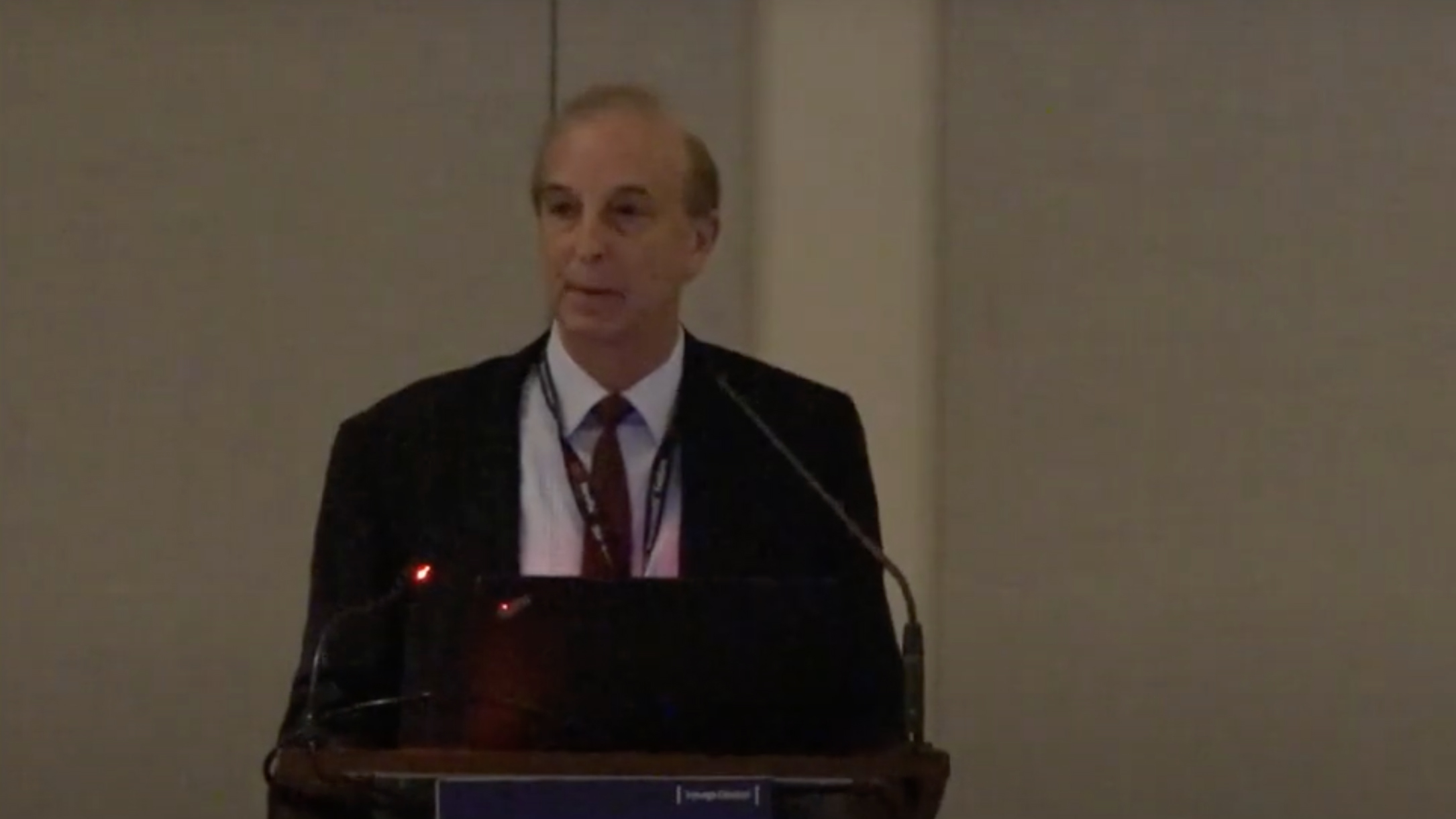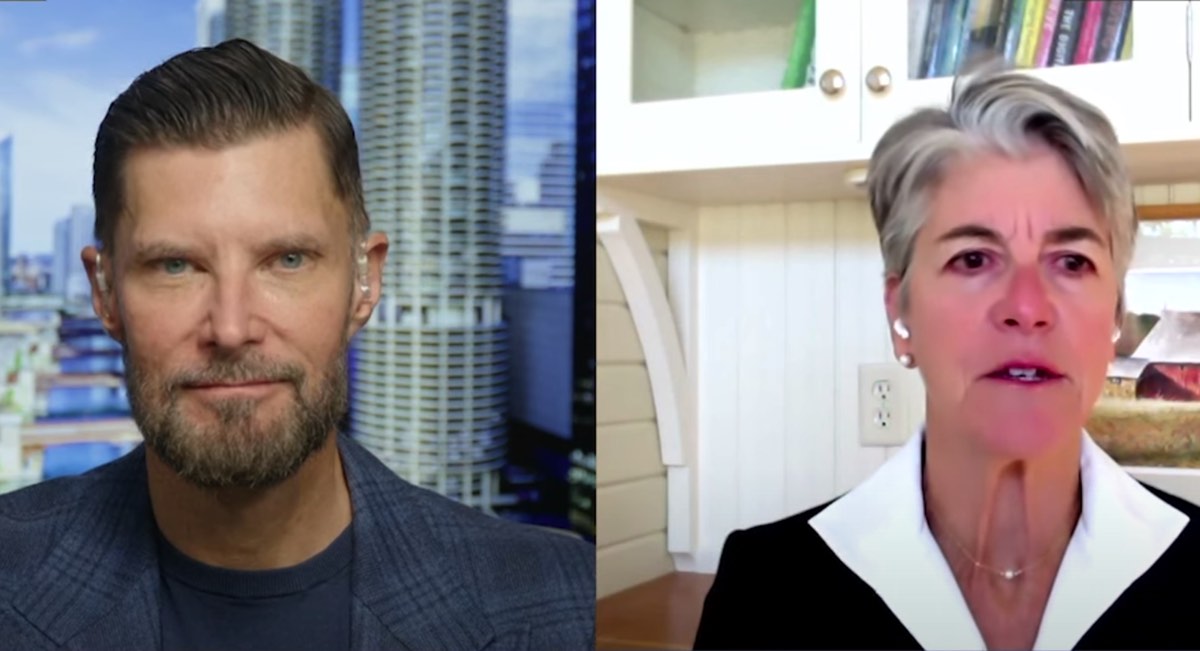The Family Medicine Channel
February 16, 2012 • Family Medicine, Nurses/NP/PA, Otolaryngology, Reuters Health • The Doctor's Channel Newscast
NEW YORK (Reuters Health) – Even a few hours a night of continuous positive airway pressure (CPAP) therapy leads to meaningful improvements in attention, sleepiness and quality of life in children with obstructive sleep apnea syndrome (OSAS), researchers found in a study.
“Even with suboptimal nightly adherence to CPAP among the children, we saw huge improvements in symptoms of attention deficit hyperactive disorder and in other behavioral issues, particularly internalizing symptoms such as shyness and anxiety, and quality of life of both parents and children,” Dr. Carole L. Marcus of Children’s Hospital of Philadelphia, who led the study, noted in an interview with Reuters Health.
“Now that we know it works, we need to try to get it to work better and we have a new study ongoing looking at compliance and how to get kids to wear it better,” she noted.
An article detailing her results was published online February 9 in the American Journal of Respiratory and Critical Care Medicine.
Dr. Marcus says OSAS in children is an “underappreciated health problem,” affecting up to 4% of otherwise healthy children. It can cause many complications, including cardiac problems and growth failure as well as problems with learning, development and behavior.
For most children, taking out the tonsils and adenoids is the first step. For many, however, especially obese children or those with other medical problems, problems with sleep apnea can linger after the tonsils and adenoids are out. In these cases, CPAP is the usual next step.
It’s hard to get children to use CPAP “so you want to be sure that it’s worth the effort,” Dr. Marcus commented. The efficacy of CPAP in treating neurobehavioral deficits, in particular, is unknown. “We know that CPAP will treat the apnea,” Dr. Marcus noted, “but are there benefits that carry over into the rest of the child’s life, particularly neurobehavioral issues?”
To investigate, she and her colleagues studied a heterogeneous group of 52 children two to 16 years old, who had never used CPAP but needed it. All of them had severe OSAS by pediatric standards.
After three months of CPAP, the researchers saw significant improvements in attention deficits using the Conners Abbreviated Symptom Questionnaire and the Attention Problems subscale (p<0.001), sleepiness on the Epworth scale (p<0.001), behavior problems on the Child Behavior Checklist (p<0.001) and caregiver- and child-reported quality of life (p=0.005 and p<0.001, respectively).
“In the sleep lab, we showed that they slept much better with CPAP; their oxygen was better and their apnea went away,” Dr. Marcus reported.
As expected, she said, adherence varied widely, although most children tried to use it on most nights. The average number of minutes used per night was 170. “Even a couple hours a night seems to have a good effect, although I would encourage maximal use,” Dr. Marcus said.
Reuters Health asked Dr. Dean Beebe, a pediatric neuropsychologist at Cincinnati Children’s Hospital Medical Center, for his thoughts on the study. He called the results “encouraging and sensible,” but cautioned that “we should be appropriately measured in the interpretation. When all of the outcomes are parent-report, one always has to worry about the possibility of rater biases or expectations (e.g., parents expect a benefit, and therefore a benefit shows up in their ratings),” Dr. Beebe said.
The conclusions, he added, are further complicated by the lack of a randomized design. “To be fair, a ‘sham’ CPAP design or other placebo control group is difficult to justify ethically in kids when a treatment has already become standard of care. But the reality is that in an observational study such as this, the correlation between treatment adherence and outcome could run in either direction. Perhaps kids who use the CPAP more get more benefit, or maybe parents who perceive a bigger benefit are more likely to insist on its use,” he commented.
The bottom line, according Dr. Beebe: “The study does indeed help justify the use of a rather cumbersome and sometimes behaviorally difficult treatment, and it does make sense that removal of even part of what appears to be a chronic neurological stress would be beneficial. We just need to be measured in how far we draw conclusions.”
The study was initiated by Dr. Marcus and was funded by Philips Respironics. All data collection, statistical analysis and manuscript writing were performed by the investigators independent of Philips Respironics.
SOURCE:
Effects of Positive Airway Pressure Therapy on Neurobehavioral Outcomes in Children with Obstructive Sleep Apnea
Am J Resp Crit Care Med 2012.




